I’ve used a multitude of different lenses over the years, but never one that I have loved using so much as my 35mm f1.4.
This lens fits with my style of photography. I like things fairly natural and unmanipulated. I love isolating my subject and enjoy being able to photograph in low light without a flash. Also, I prefer getting close to what I am photographing.

My 35mm lens gives me a slightly wider field of view than our typical visual attention. Our visual attention is around 55 °, not including peripheral vision, and the angle of view of a 35mm on a full frame camera body is 63 °.
At wide aperture settings, this lens charms me. In most lighting conditions I can achieve super sharp focus and beautiful bokeh in my backgrounds. I am not left shaking in my boots wondering if my shutter speed is too slow.
This is not a review. This is an article about why I love my 35mm f1.4 lens and how I make the most of it in everyday use.
Why I Bought a 35mm f1.4 Lens

My original Nikkomat FTN and 50mm f1.4 lens
My first camera, purchased second hand in 1983, was a Nikkormat FTN with a 50mm f1.4 lens. After using this lens for 28 years it was no longer consistently producing sharp photos. I think it was just worn out.
At the time I had the popular 24-70mm and 70-200mm f2.8 zooms but was not happy with either of them. They were big, heavy third party lenses that also did not always produce sharp images. For a number of reasons, I was gravitating back to using prime lenses. I’ve always had a collection of older primes and love them.
I became so familiar with my old 50mm. I loved the wide aperture but preferred a wider angle of view. After checking online for example photos produced by the 35mm f1.4 lens, I convinced myself it was worth the money. At US$ 1696 it is not cheap. But I figured that if I use it for 10 years it works out to less than 50 cents per day.
Versatility in Most Situations

Capturing a diverse range of images with a single lens is a common reason people often prefer zooms. But I find I can use my 35mm lens to photograph just about anything. It just suits my style. I am not a sports or bird photographer so much.
For travel, street, environmental portraits, and even more standard portraits, I am happy to use my 35mm. At times I’ll need a telephoto to get in closer so I switch to my 105mm or a longer lens.
During the photography workshops I teach, this is often the only lens I take with me now. I can use it to demonstrate and make examples of anything that I am teaching. For the subjects I like to photograph I most often use this lens.
The great photographer Robert Capa said, “If your pictures aren’t good enough, you aren’t close enough.”
I find the 35mm lens is the perfect focal length to get close enough.
Street and Travel Photography

Whether you’re shooting wide, medium or close-up street compositions, the 35mm f1.4 can capture them all well.
Taking in the feeling of a market or parade with a wide photo is essential to have in a series of images. Often using a 24mm or wider lens can squeeze too much into one frame. Choosing a location far enough back from the scene to include a good amount of it works best with a 35mm.
Medium range compositions, where you photograph some of the environment and one main subject, are perfect for a 35mm lens. You can get in close and still easily show enough of the surroundings to keep your subject in context with your photo story.
I do like controlling how much or how little of the background is in focus in a medium range composition. I don’t always choose the widest aperture setting as too much detail from the story could be lost. Having the widest aperture of f1.4 gives me more flexibility in how far back I can get from my subject and still control the bokeh.
Macro photos are not possible with this lens, but I can get pretty close. The lens can focus down to about 30cm (1 foot). For including some detail in a photo series, this is often good enough. If I need a macro image I swap lenses for my 105mm or 55mm micro.

Environmental Portraits
Portraiture which includes some of the surroundings, telling more of the story, is my favorite genre of photography. I love using my 35mm f1.4 lens for creating environmental portraits. Being able to get in close enough to my subject and still see sufficient background is vital.
Connecting with my subjects is also important to me. Often I will be chatting with them while I am photographing. Other times I will be silent, only communicating with a smile and some gesturing.
Photographing with my 35mm I can create more intimate portraits than when I am further back with my 105mm.

I’ve photographed this guy working on his pressed metal art many times. He’s at the Silver Temple in Chiang Mai that we visit during one of our photography workshops. I know he is comfortable being photographed.
When he’s busy we don’t talk much, if at all. I can be close enough to him to exclude a lot of the clutter in the background and show just what he is working on. Then I can come in closer and capture a little more detail.
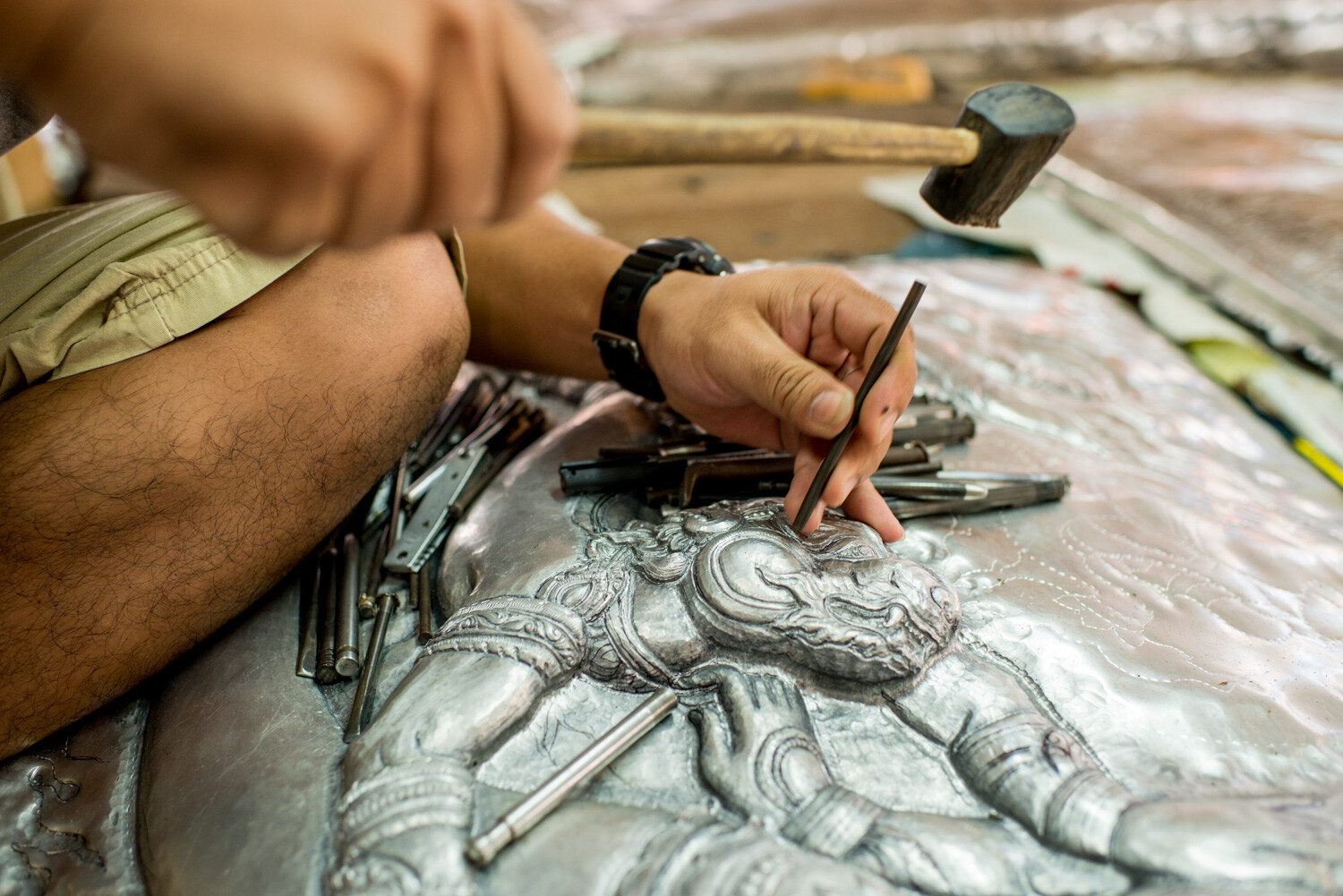
Regular Portraits
Photographers often prefer a longer lens than a 35mm for making regular portraits. I do use my 105mm much of the time for photographing people in posed positions. However, I like to create a variety of styles during a portrait session and I find my 35mm lens provides pleasing alternatives.
With wider lenses, you start to see some distortion, which is not all that great for portraits. At 35mm there is no real noticeable distortion, but even still, I usually will not place my subject at the edge of the frame.
Working with a model and using a 35mm lens it is important to build a rapport with them first. You do not want them feeling uncomfortable with you being so close. Showing them a sample of the photos you are taking will often help them relax and build their confidence in what you are doing. This is especially so if the model is concerned that being so close to the camera may be distorting their features.
This young woman was very confident and experienced in being photographed. Still, she was a little wary of me being so close. I had started the session photographing with my 105mm lens. Once I changed to the 35mm I made sure to show her some of the pictures I was taking with it and she loved them.

Architecture and Landscape Photography
It’s not at all uncommon to use a 35mm lens for landscapes or photographing buildings. There’s no huge advantage of having such a wide aperture for these subjects as I will typically want more rather than less in focus. At times I will focus on an element in the foreground and intentionally blur out most of the landscape in the background.
Lack of distortion makes the 35mm a good choice for architectural photography. Having a similar field of view to what we see naturally also helps structural photos look more natural.

Loving a Lens
I’ve gotten a huge amount of use out of my 35mm f1.4 lens. The experience of using it frequently and really enjoying it has helped me to get to know it well. Being so familiar with a lens means you can make more creative photos with it.

My 35mm f1.4 looking well loved.
I love this lens and I have a feeling for it. I know, often by instinct, how much my background will be blurred. With the 35mm, I can be close enough to my subject to comfortably communicate with them. Also, I am able to include or exclude as much or little background detail as I want.
Lens love is different than lens lust. You can lust after a new lens every day of the week. To build a loving relationship with a lens you must be committed to taking it out frequently and enjoying spending time with it.
Here’s a video with more about why I love my 35mm f1.4 lens. Do you have a favorite lens? Which one, and why?
The post dPS Writer’s Favorite Lens: Why I Love My 35mm F1.4 appeared first on Digital Photography School.







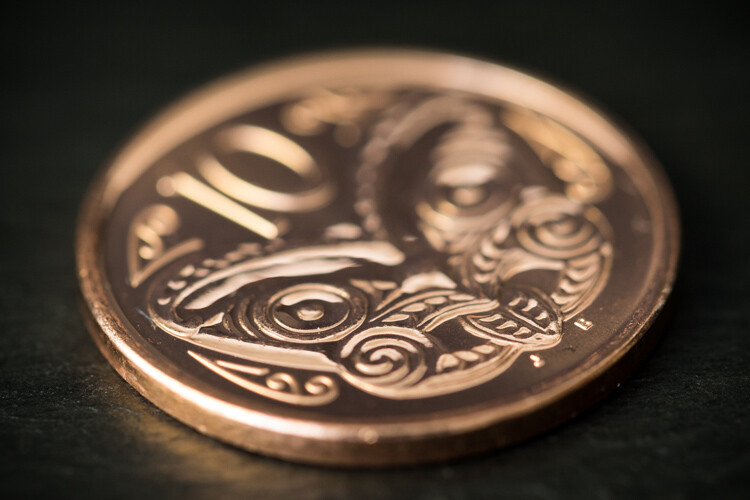






















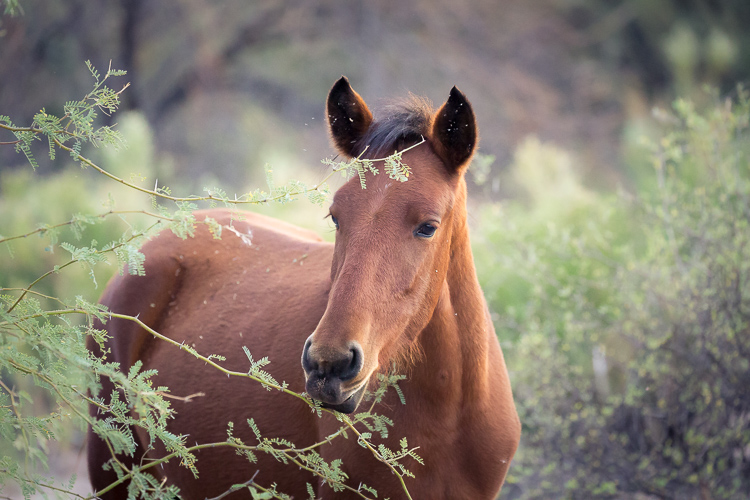
 Focal Length: 100-400mm
Focal Length: 100-400mm
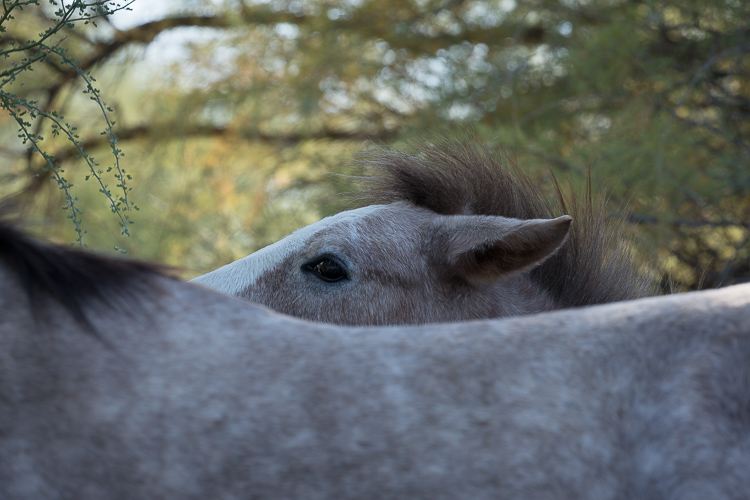
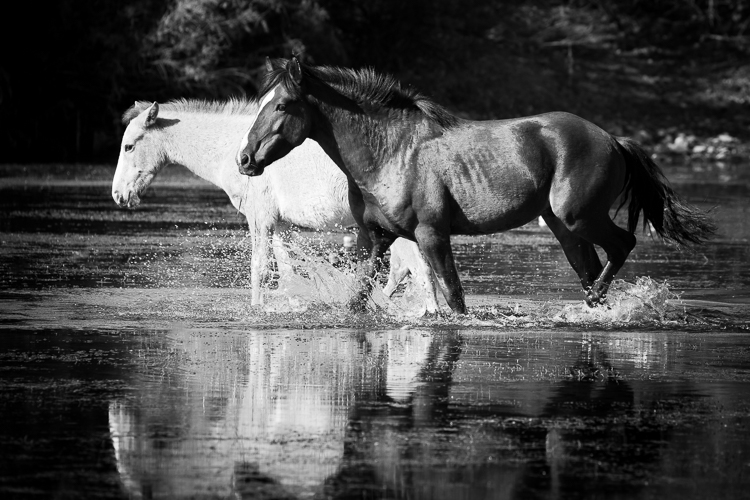
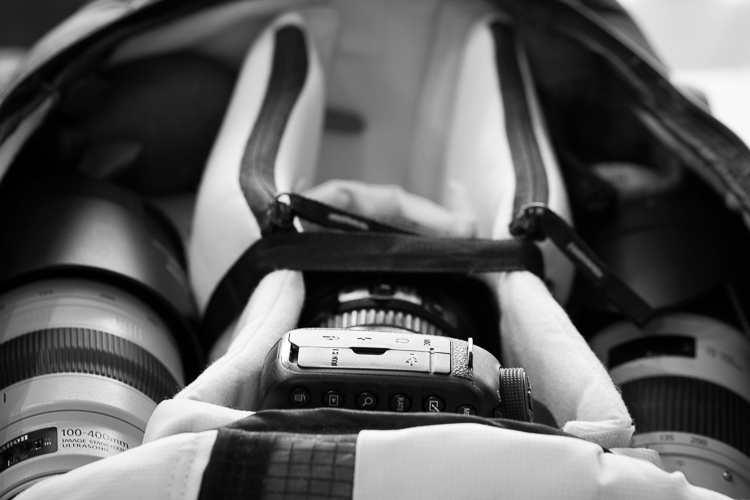

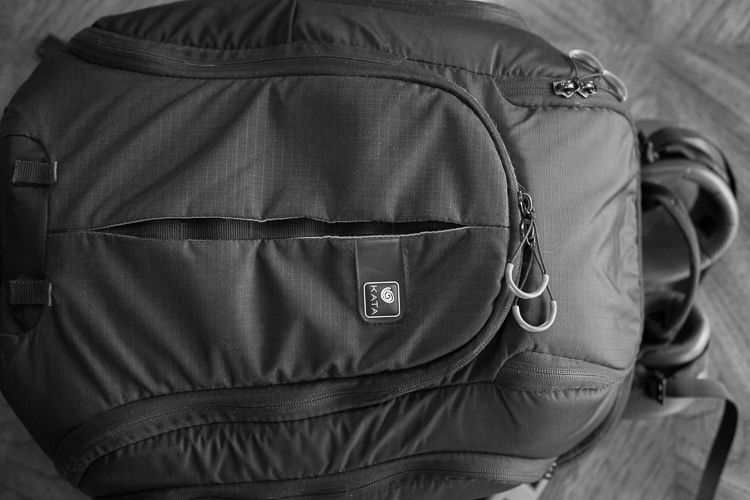

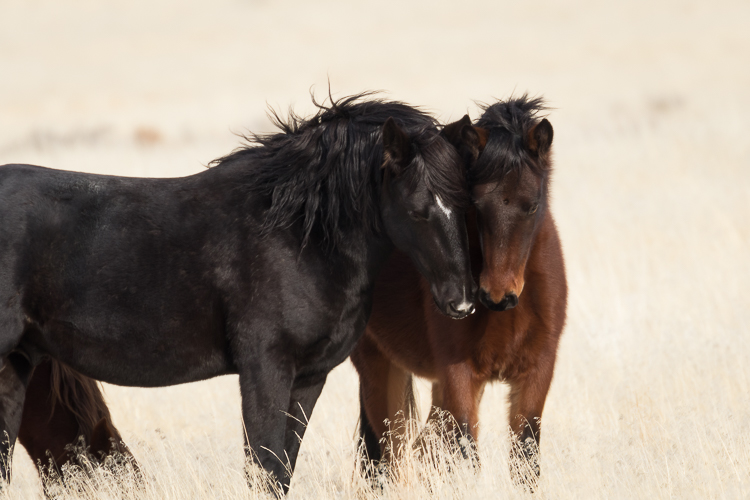
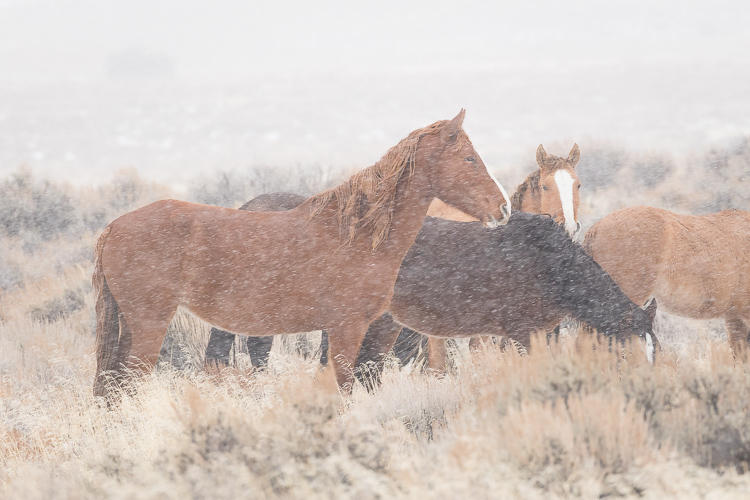
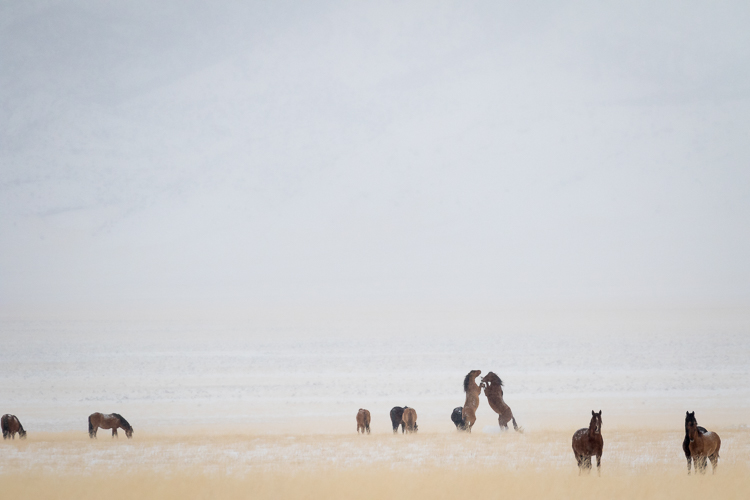
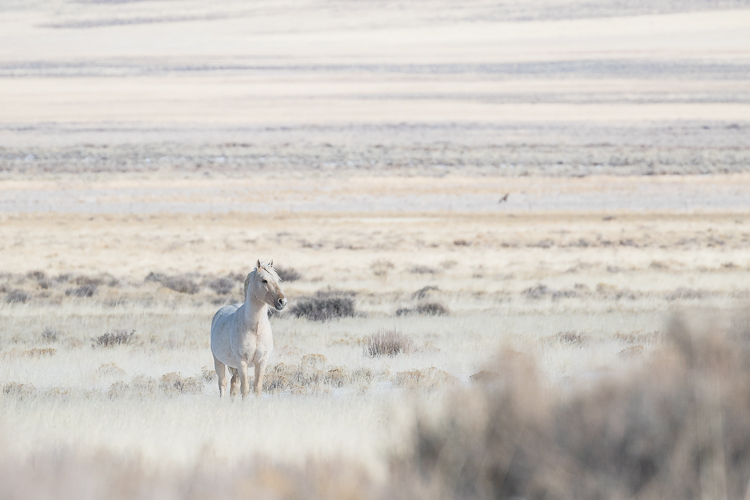
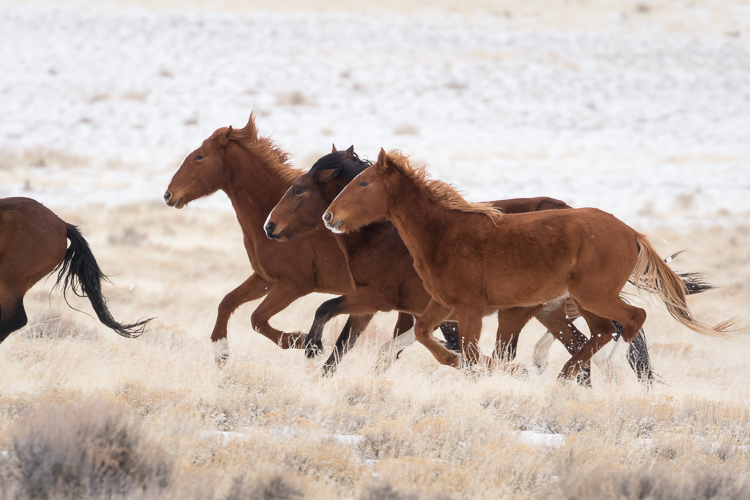


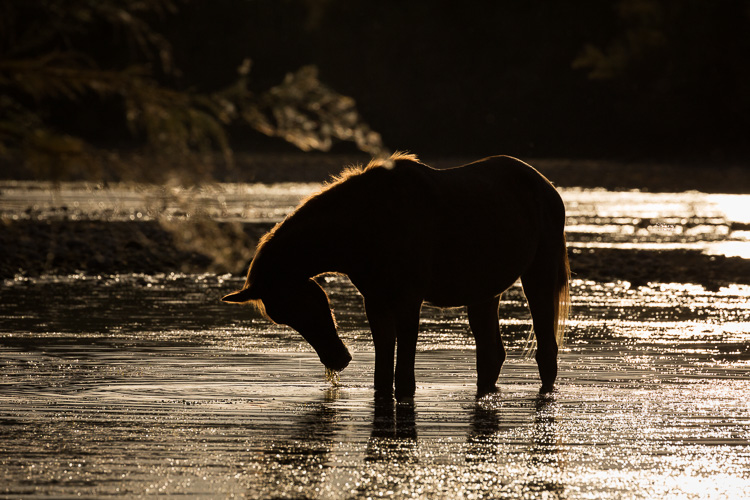
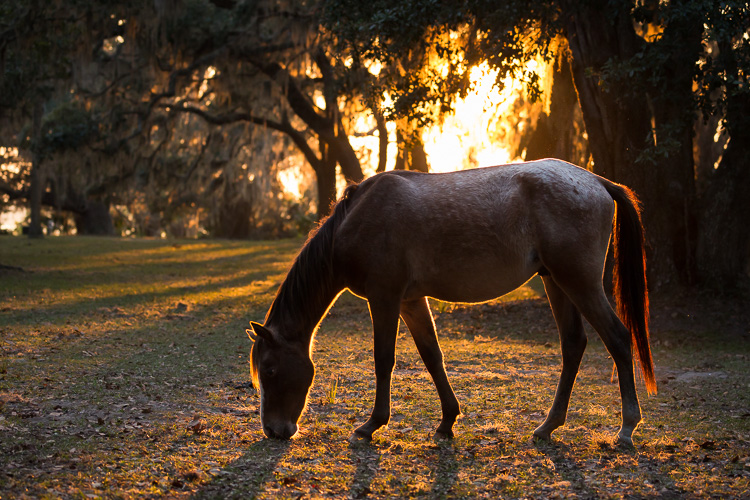
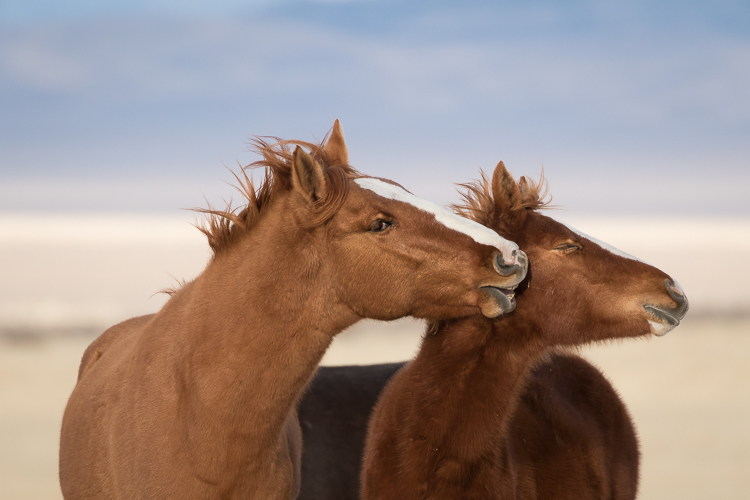
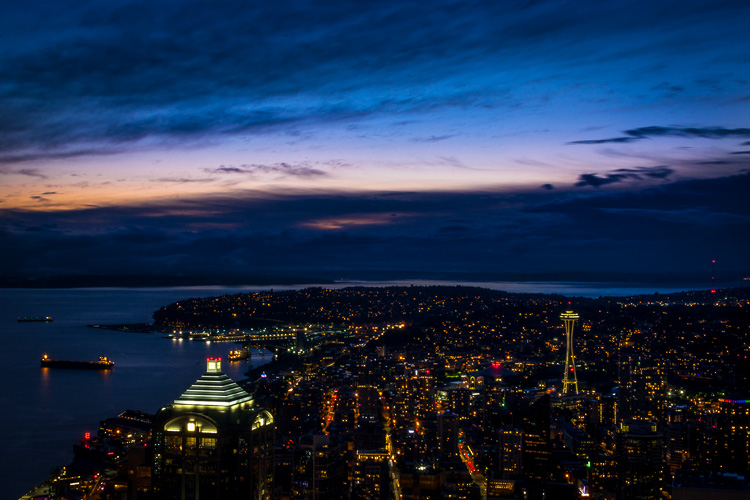
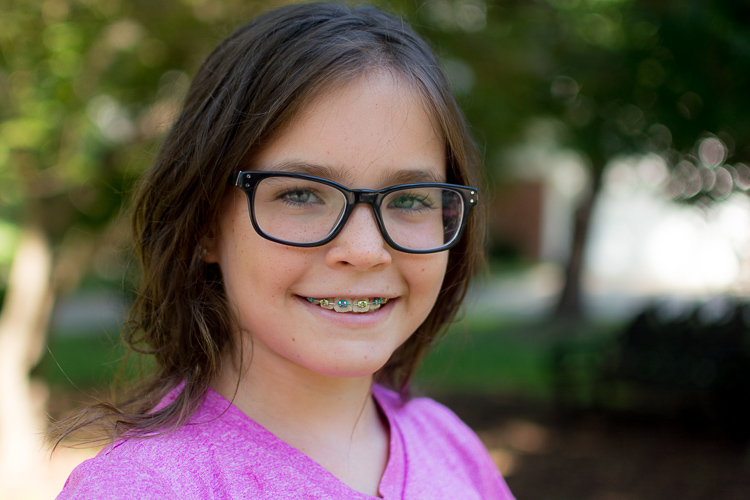
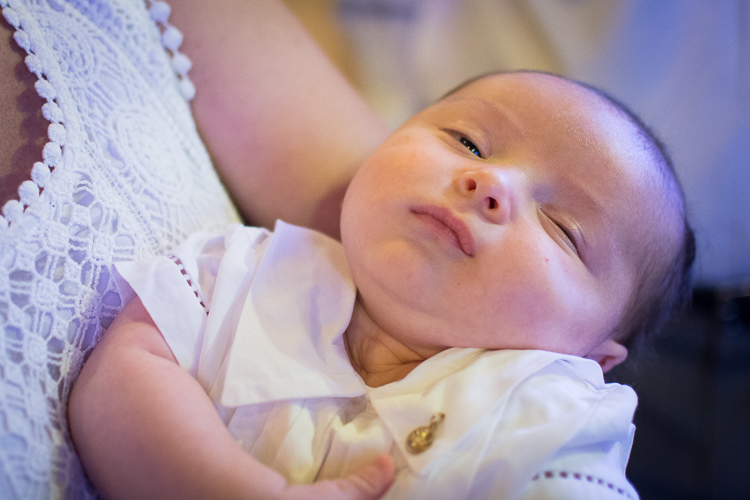
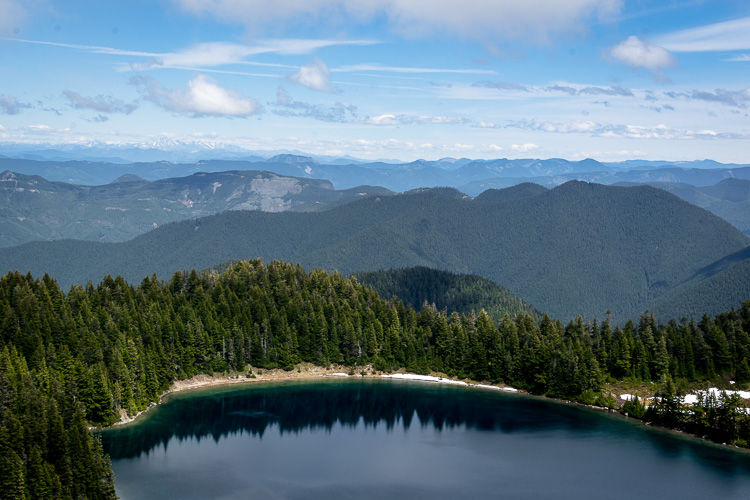
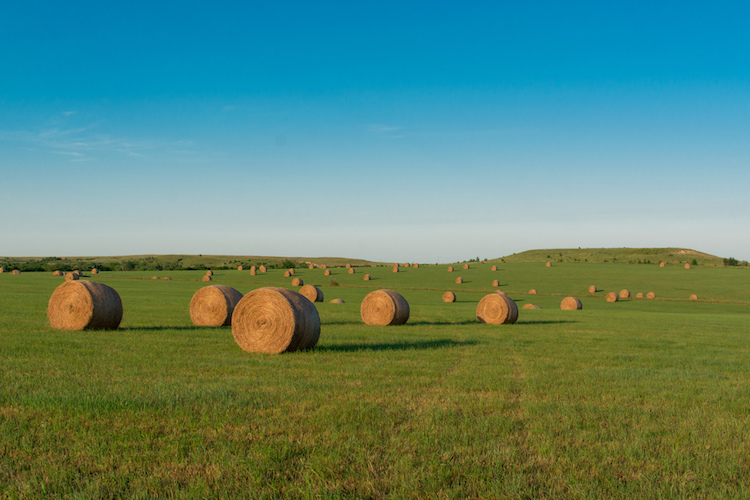
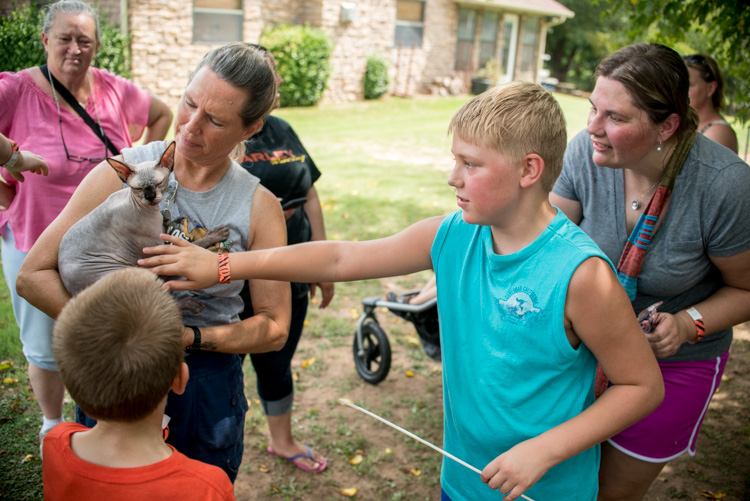
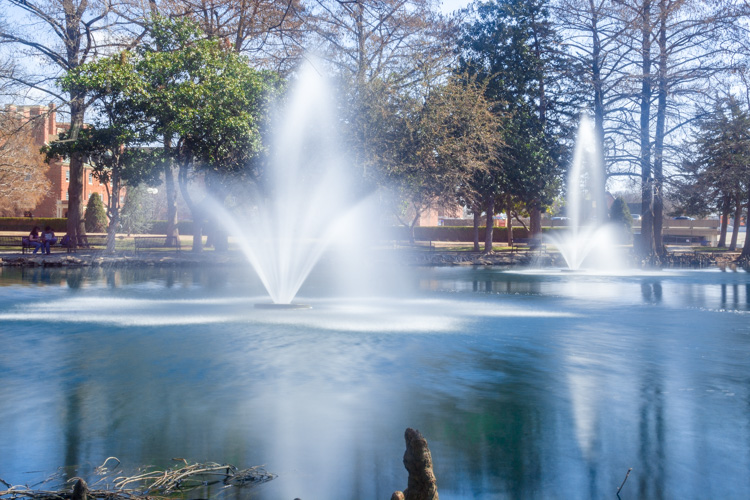


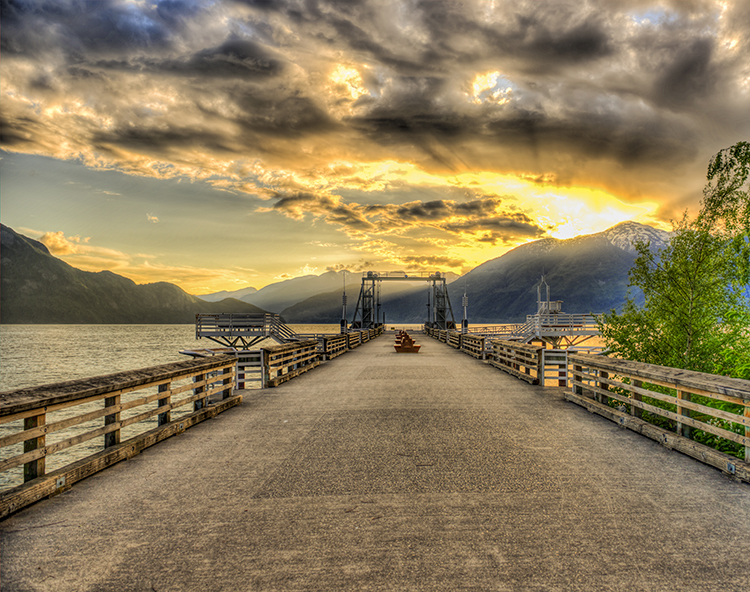
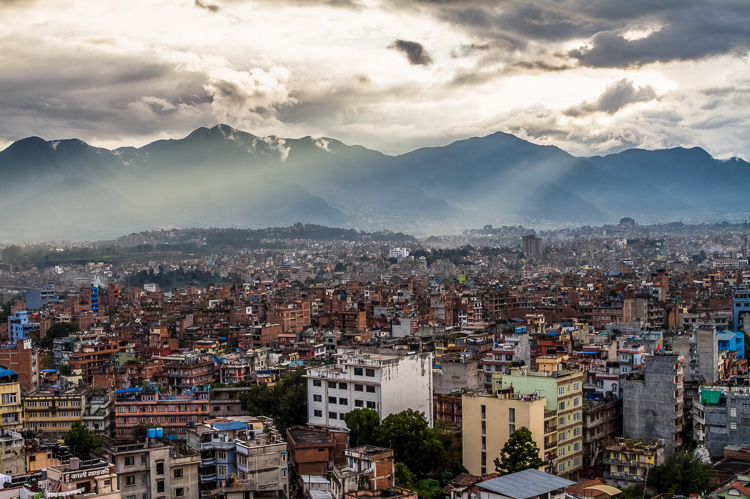
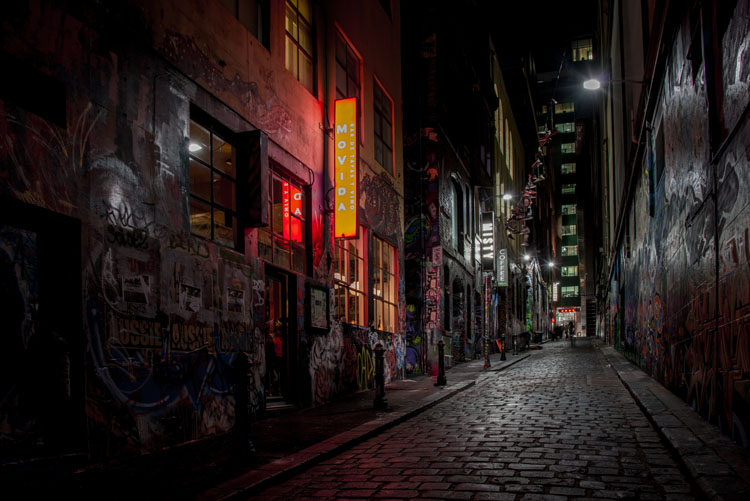
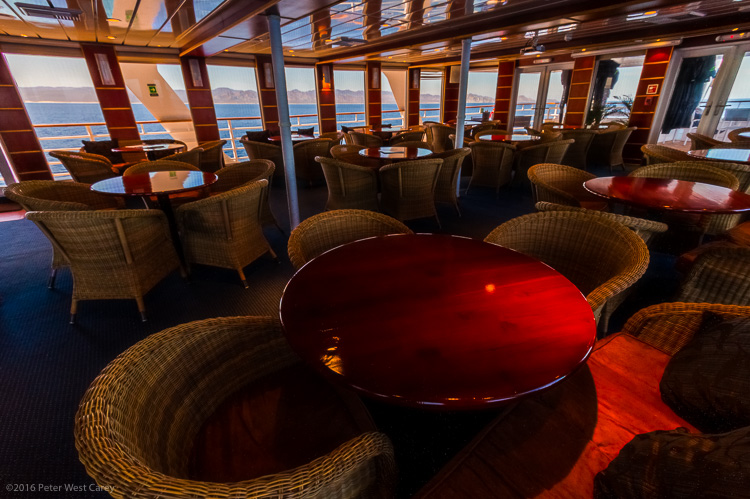
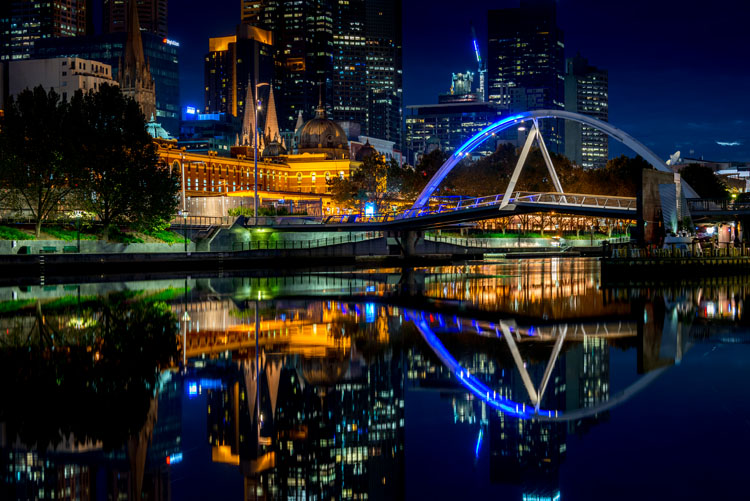
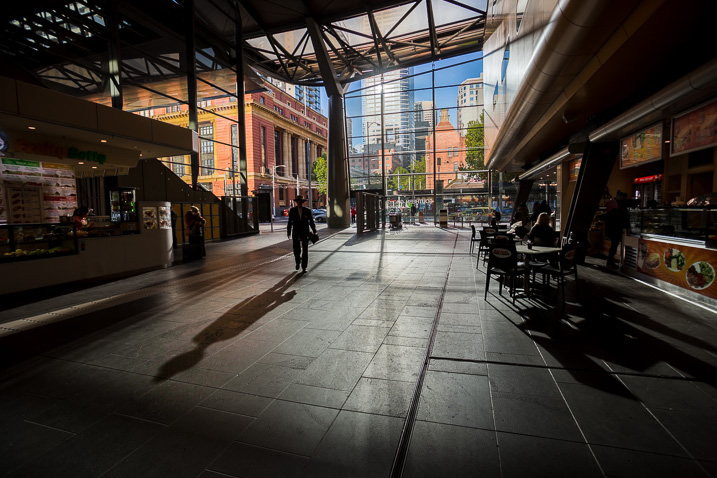
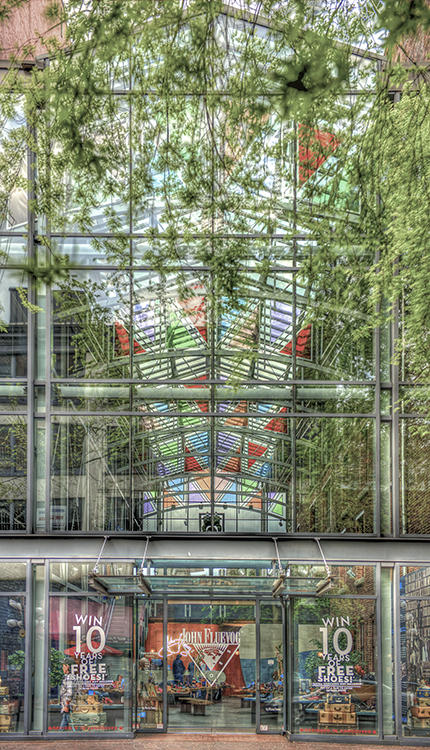
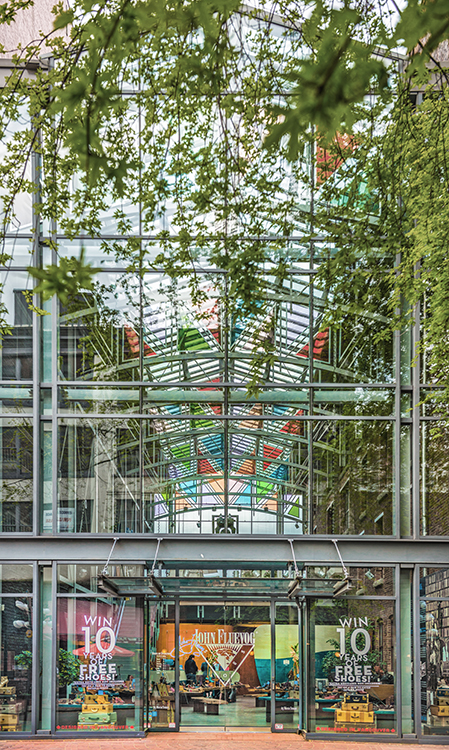
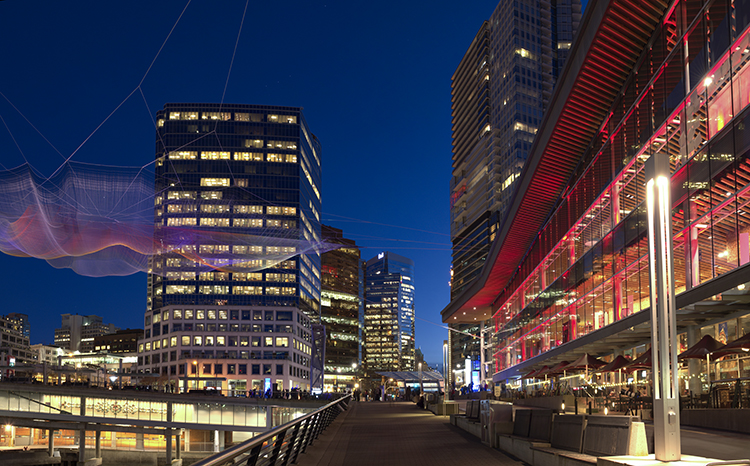
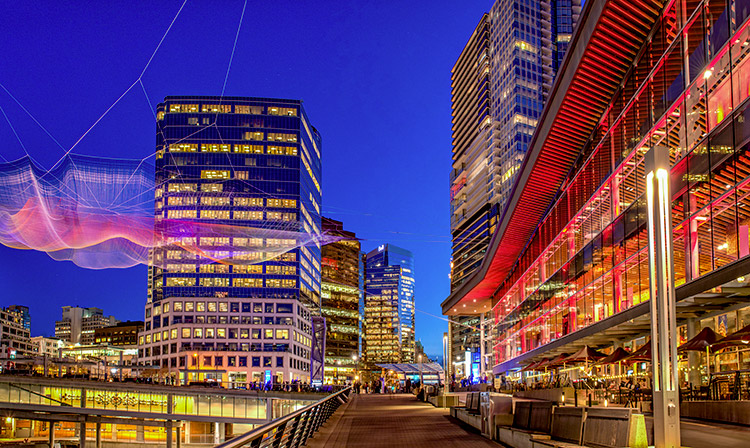

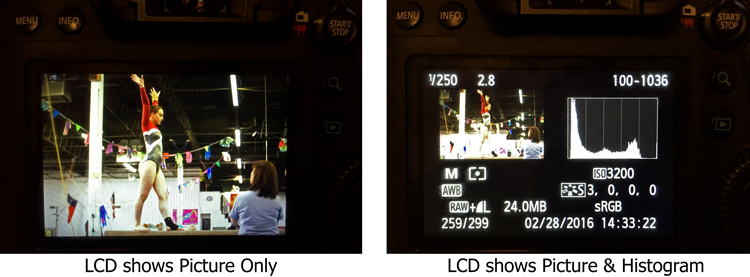
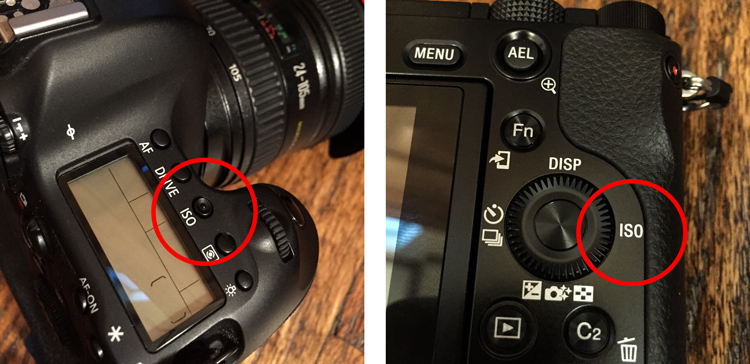
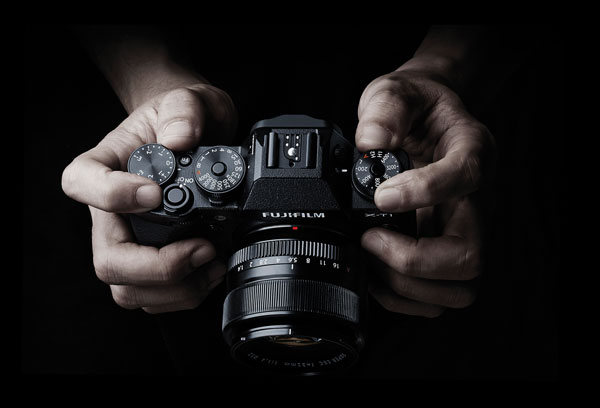
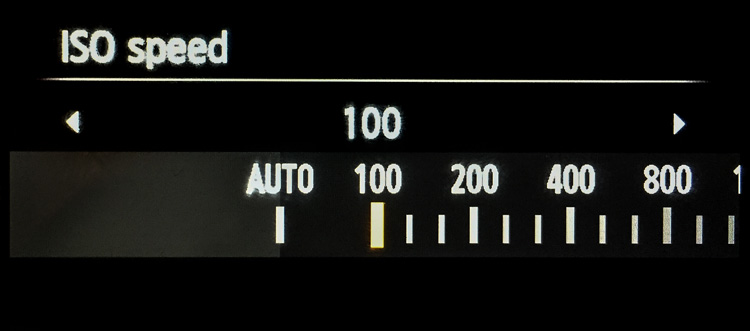
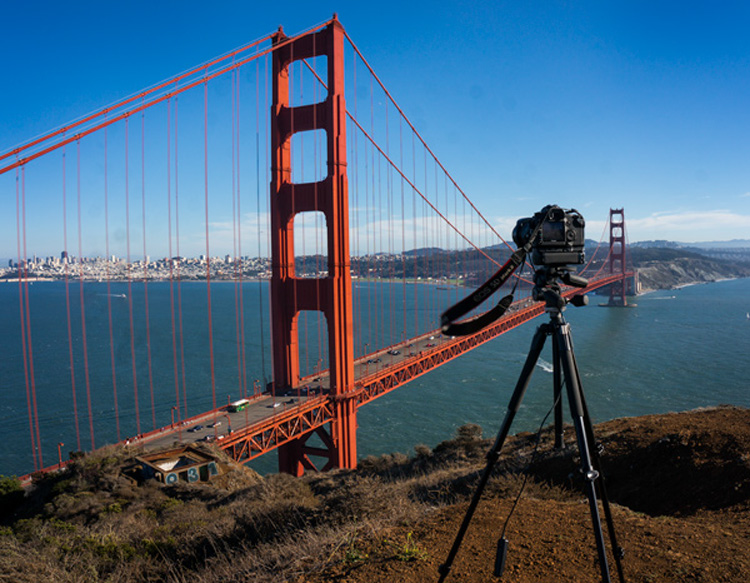
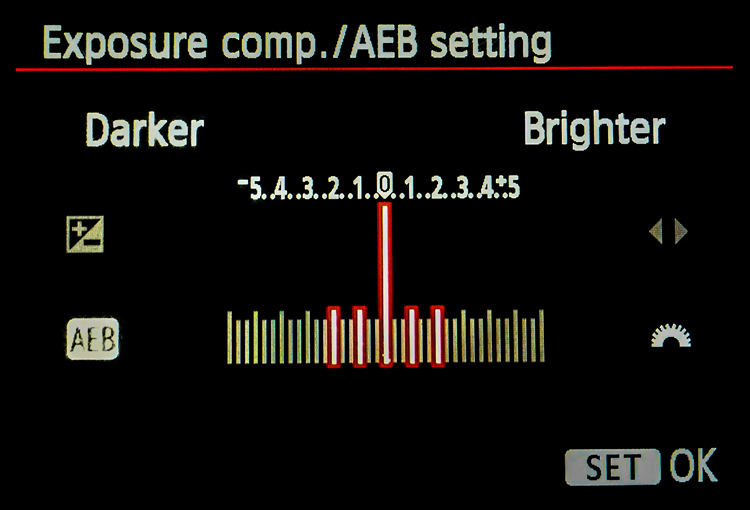
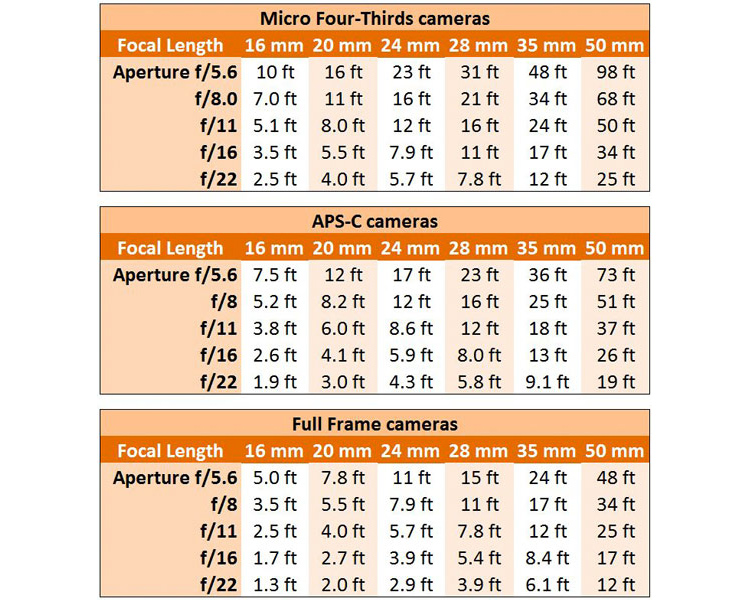
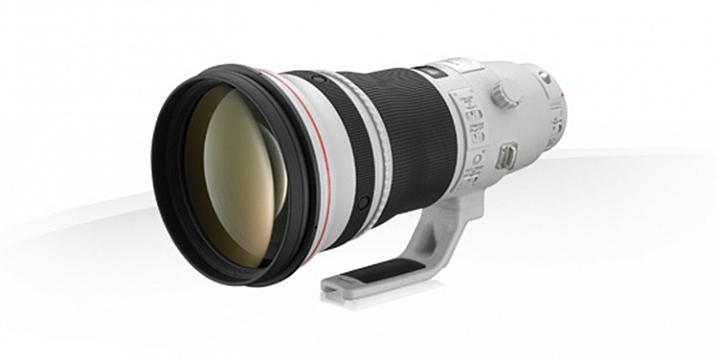
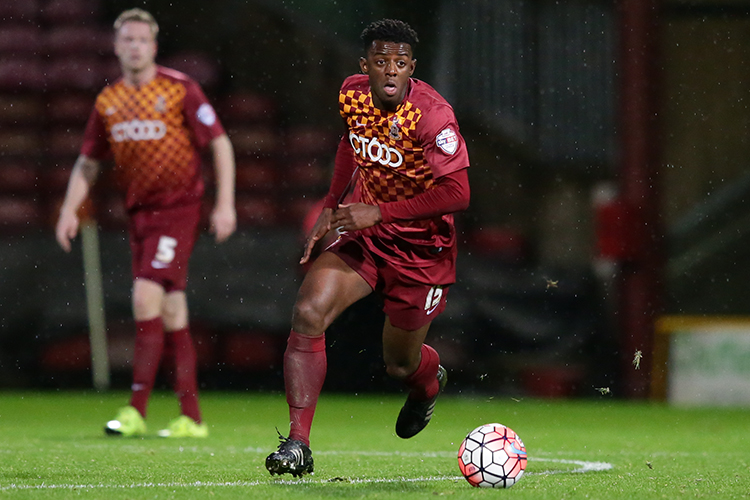
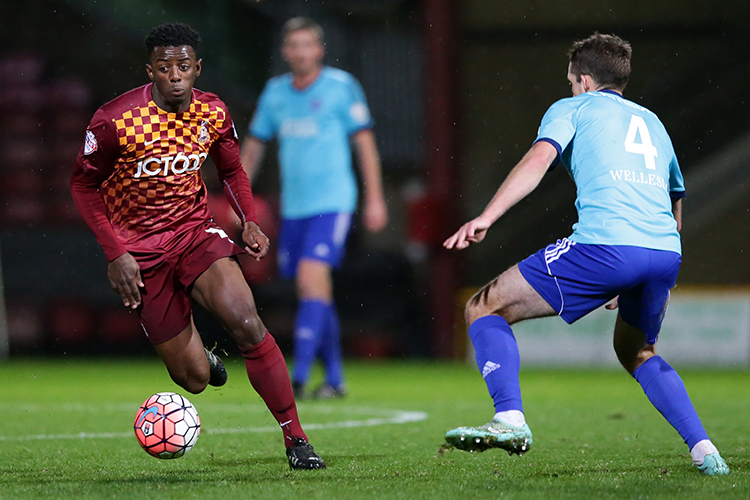
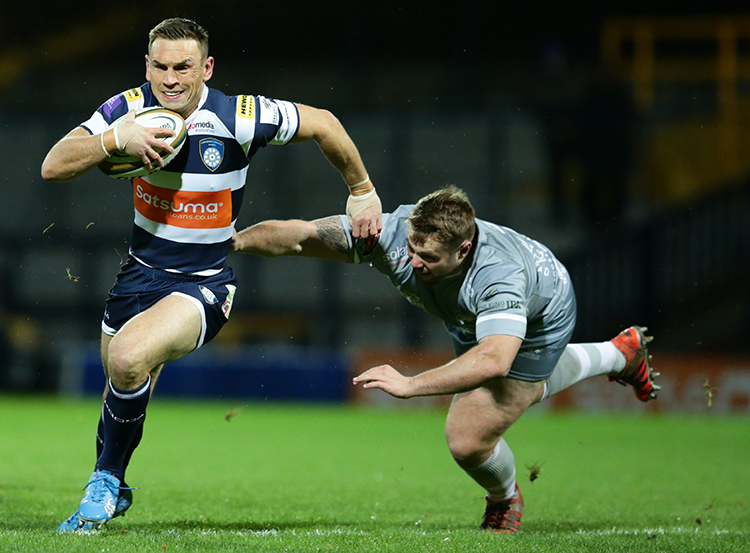
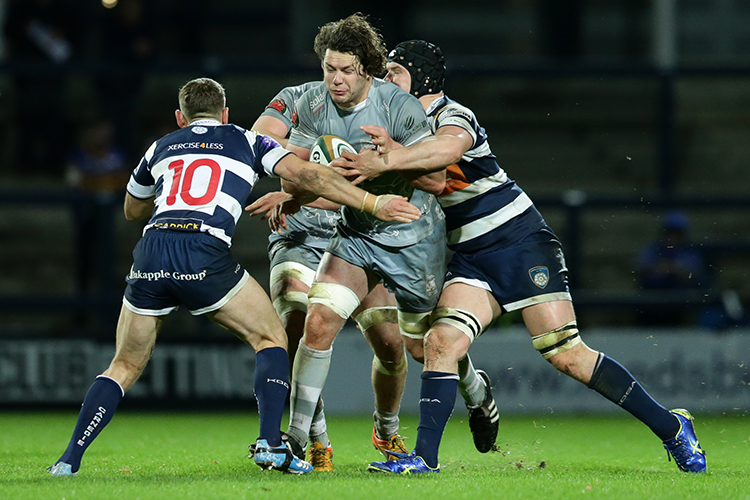



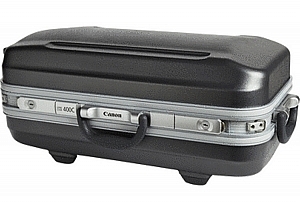
You must be logged in to post a comment.